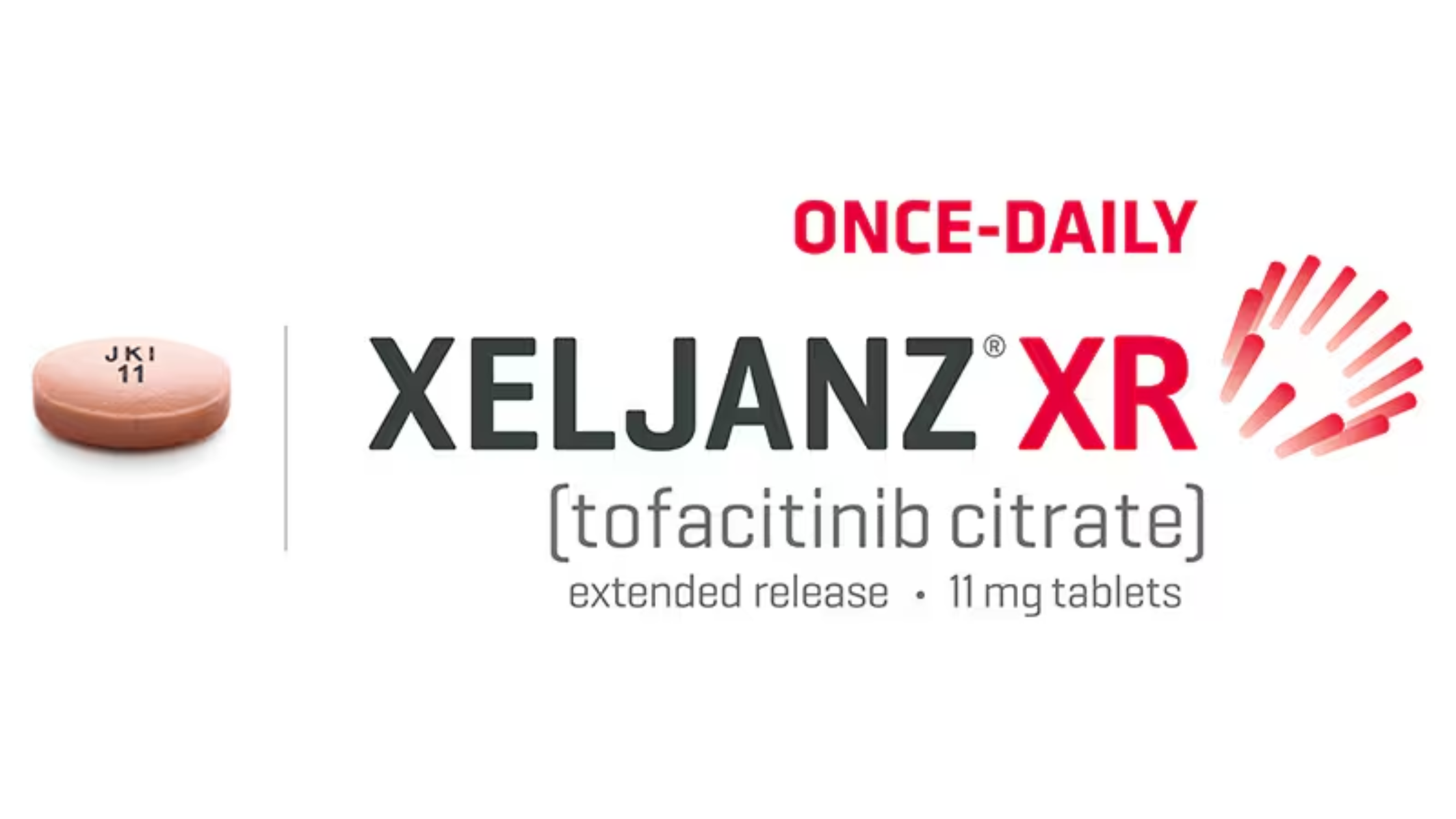What is the fastest way to heal intercostal muscle strain? If you are suffering from an intercostal muscle strain, I will share the fastest ways to heal, reduce pain, and regain mobility with expert-backed strategies in this in-depth guide.
An intercostal muscle strain is a painful and limiting injury that affects your ability to breathe, move, and perform daily activities. If you’ve strained these muscles between your ribs, you’re likely searching for the fastest and most effective ways to heal. This guide will provide immediate pain relief methods, expert-recommended healing techniques, advanced recovery strategies, and long-term prevention tips to help you get back to normal as quickly as possible.
What is Intercostal Muscle Strain?
Intercostal muscle strain is an injury caused by overstretching or tearing of your muscles between the ribs, leading to pain, stiffness, and difficulty with breathing or upper body movement.
The intercostal muscles are located between your ribs and help with breathing and upper body movements. A strain occurs when these muscles are overstretched, torn, or injured, often due to sudden movements, intense physical activity, heavy lifting, or severe coughing.
What are the grades of intercostal muscle strain? There are three grades of intercostal muscle strain:
- Grade 1: Mild discomfort with minimal tearing, allowing for normal movement.
- Grade 2: Moderate strain with partial tearing, causing noticeable pain and restricted movement.
- Grade 3: Severe strain with significant tearing, requiring extended recovery time and possibly medical intervention.
Intercostal Muscle Strain Symptoms
- Sharp or dull pain in the ribs
- Increased pain with deep breaths, coughing, or sneezing
- Pain when twisting, bending, or stretching the upper body
- Muscle spasms in the ribcage
- Swelling, bruising, or tenderness in the affected area
- Difficulty sleeping due to rib pain
Why Quick Treatment Matters for Intercostal Muscle Strain?
Addressing an intercostal muscle strain early can:
- Reduce your pain faster
- Prevent complications like prolonged discomfort or stiffness
- Speed up your recovery hence allowing you to return to daily activities sooner
Fastest Healing Strategies for Intercostal Muscle Strain: Step-by-Step Guide
1. Immediate First Aid (First 24-48 Hours)
R.I.C.E. Method
According to the University of Kentucky R.I.C.E method,
- Rest: Avoid activities that strain your ribs further. Excessive movement can worsen the injury and prolong healing.
- Ice: Apply ice packs for 15-20 minutes every 2-3 hours to reduce swelling and inflammation.
- Compression: Use a rib brace or bandage for support, but avoid excessive tightness that could restrict breathing.
- Elevation: Maintain good posture to avoid additional strain on the ribs.
Pain Management
- Take over-the-counter pain relievers like Ibuprofen (Advil) or Acetaminophen (Tylenol).
- Apply topical pain relief gels (e.g., menthol-based creams) to the affected area.
- Consider using CBD or Arnica-based creams for natural pain relief.
- If pain is severe, consult your doctor for prescription medication.
Avoid These Mistakes
- Ignoring rest and pushing through the pain.
- Overstretching too soon worsens the strain.
- Relying solely on painkillers without addressing the root cause.
2. Optimal Healing Routine (Days 3-7)
Gentle Heat Therapy
- After 48 hours, switch from ice to heat therapy to increase blood circulation and promote healing.
- Use heating pads, warm compresses, or hot showers to relax the strained muscles and improve mobility.
Controlled Breathing Exercises
- Diaphragmatic breathing helps maintain lung expansion and prevents stiffness.
- Try slow, deep breaths through the nose, expanding the belly, then exhaling through the mouth.
- This technique improves oxygen flow, reducing muscle tension.
Safe, Low-Impact Movements
- Gentle side stretches to maintain your flexibility.
- Mild rotations to prevent stiffness without straining the injured area.
- Posture correction exercises to avoid unnecessary pressure on the ribs.
3. Strengthening and Recovery Phase (Week 2 & Beyond)
Gradual Return to Activity
- Resume light exercises like walking or gentle yoga.
- Avoid high-intensity workouts until fully healed.
- Listen to your body; pushing too hard can cause reinjury.
Targeted Stretching and Strengthening Exercises
- Cat-Cow Stretch: Improves flexibility and spine mobility.
- Side Bends with Arm Support: Opens up the ribcage gently.
- Foam Rolling for Thoracic Mobility: Enhances muscle recovery without excessive pressure.
- Resistance Band Exercises: Strengthens surrounding muscles for long-term prevention.
Best Recovery Diet
- Anti-inflammatory foods: Turmeric, ginger, and omega-3 fatty acids reduce swelling.
- Protein-rich diet: Lean meats, eggs, and legumes aid muscle repair.
- Hydration: Drink plenty of water for optimal tissue healing.
Medical Treatments & When to Seek Help
When Home Remedies Aren’t Enough
Seek medical attention if:
- Pain persists for more than 2 weeks.
- You experience difficulty breathing or severe chest pain.
- You notice bruising or swelling that worsens over time.
Medical Treatments
- Physical Therapy: Targeted rehab exercises to restore strength.
- Corticosteroid Injections: For severe inflammation and pain relief.
- Alternative Therapies: Chiropractic care or acupuncture for pain management.
Product Recommendations for Faster Recovery
Top-Rated Recovery Aids
- Best Rib Braces & Compression Wraps
- Topical Pain Relief Gels (Biofreeze, Voltaren, Tiger Balm)
- Highly Rated Heating Pads & Ice Packs
- Muscle Recovery Supplements (Magnesium, Collagen, Omega-3s)
Intercostal Muscle Strain: What People Ask
How long does it take for a strained intercostal muscle to heal?
Mild strains heal within 2-3 weeks, while severe cases may take up to 8 weeks.
What does a pulled intercostal muscle feel like?
A pulled intercostal muscle typically feels like a sharp, stabbing, or aching pain in the ribcage, especially when breathing, coughing, or moving the upper body. Symptoms may include tenderness, muscle spasms, swelling, and increased pain with deep breaths or twisting motions. Mild strains cause discomfort, while severe cases can result in significant pain and restricted movement.
What can be mistaken for intercostal muscle strain?
Intercostal muscle strain can be mistaken for conditions like heart disease, pneumonia, or even a heart attack due to similar chest pain. The pain may radiate to the back, shoulder, or abdomen, making it difficult to distinguish. Differentiating factors include the onset, severity, and triggers of pain, along with additional symptoms like shortness of breath or sweating, which may indicate a more serious issue. Always seek medical attention to rule out other underlying causes.
Can I exercise with an intercostal strain?
Avoid high-impact activities but engage in gentle stretching and movement after the initial recovery phase.
Is it normal to feel pain while breathing?
Mild discomfort is expected, but severe pain or shortness of breath requires medical evaluation.
Do intercostal muscle strains require surgery?
Surgery is rarely needed unless there’s a severe tear or complication.
My Final Recovery Tips
Healing an intercostal muscle strain quickly requires a strategic mix of rest, pain management, gentle movement, and proper nutrition. By following these expert-backed techniques, you can speed up recovery and return to daily activities faster. Remember:
- Act fast with ice, rest, and compression in the first 48 hours.
- Incorporate heat, stretches, and deep breathing after the initial phase.
- Strengthen muscles gradually to prevent future strains.
- Seek medical help if pain persists or worsens.
Following these steps will help you heal faster, reduce discomfort, and regain full mobility in the shortest time possible!




